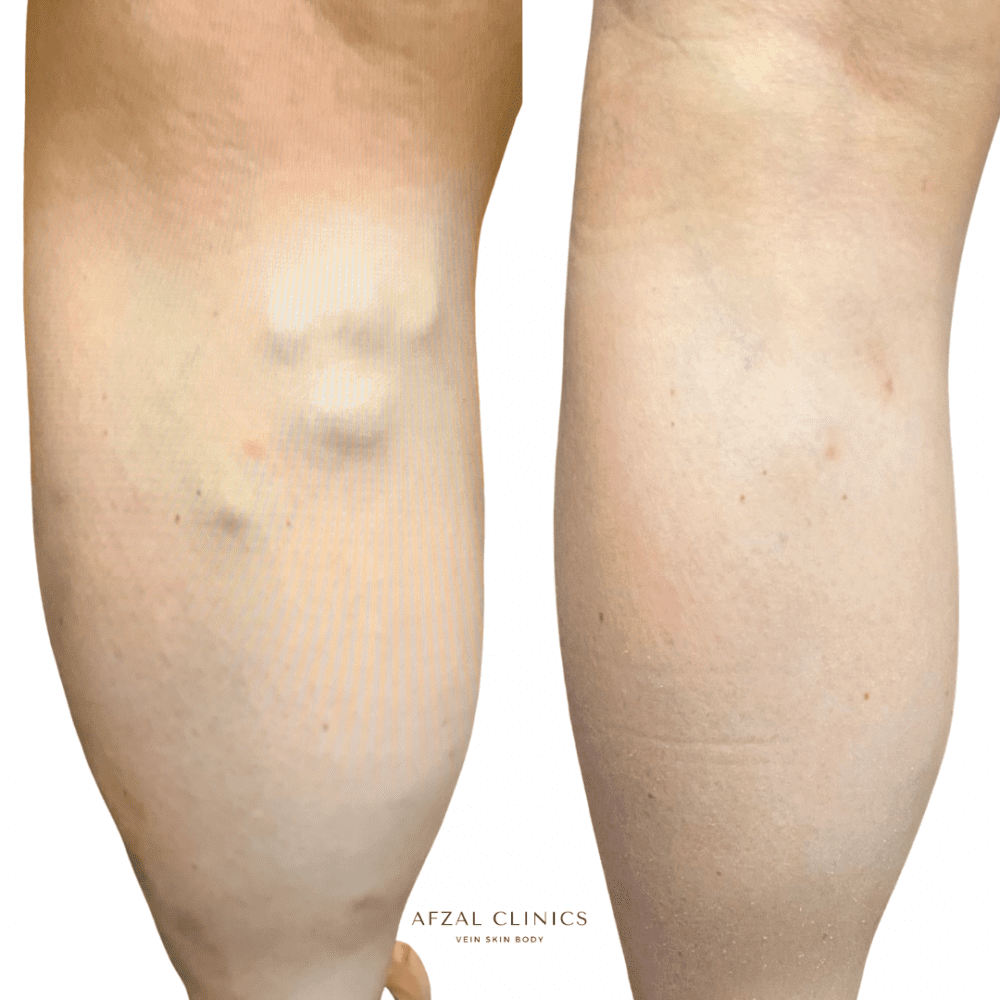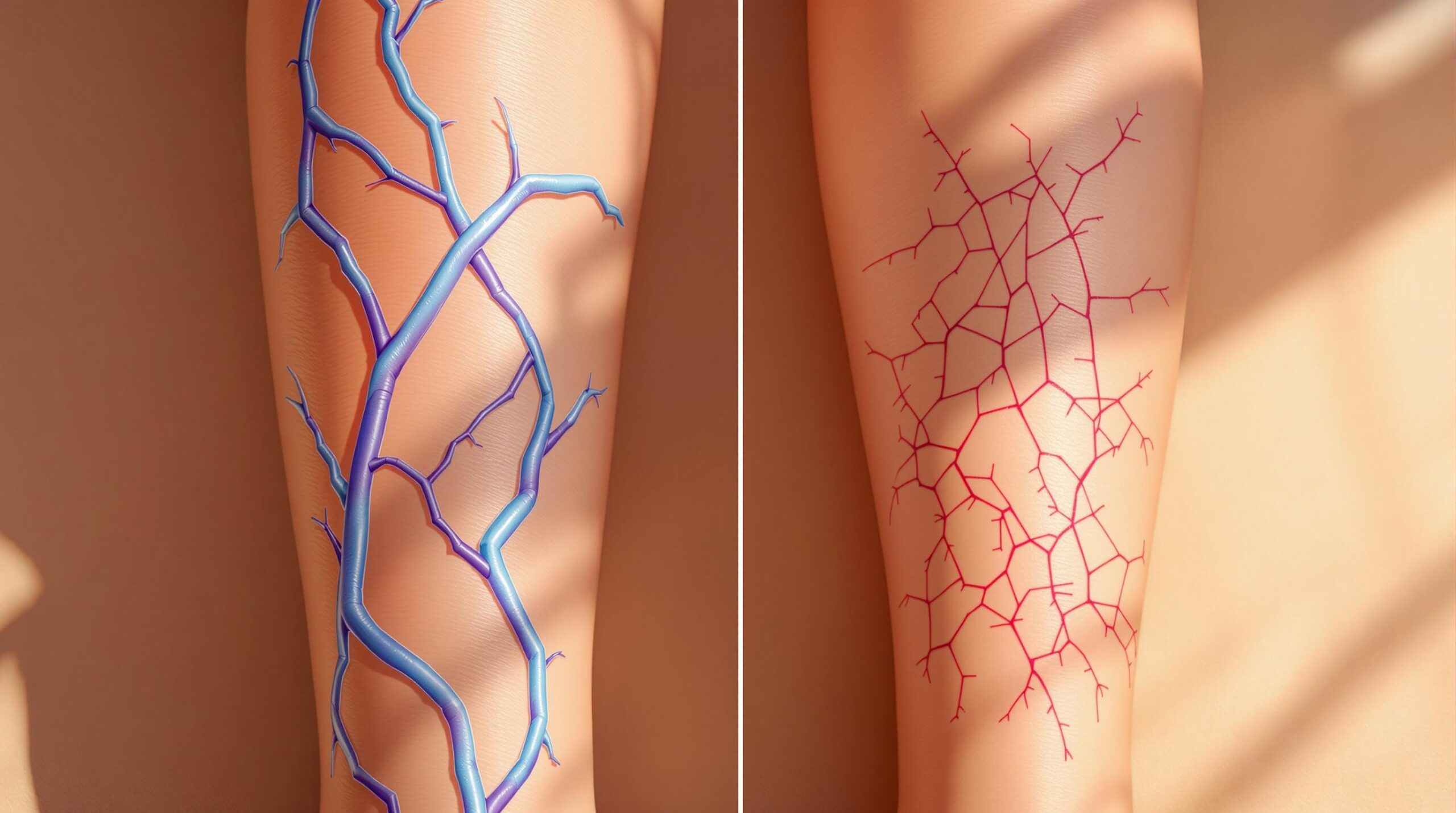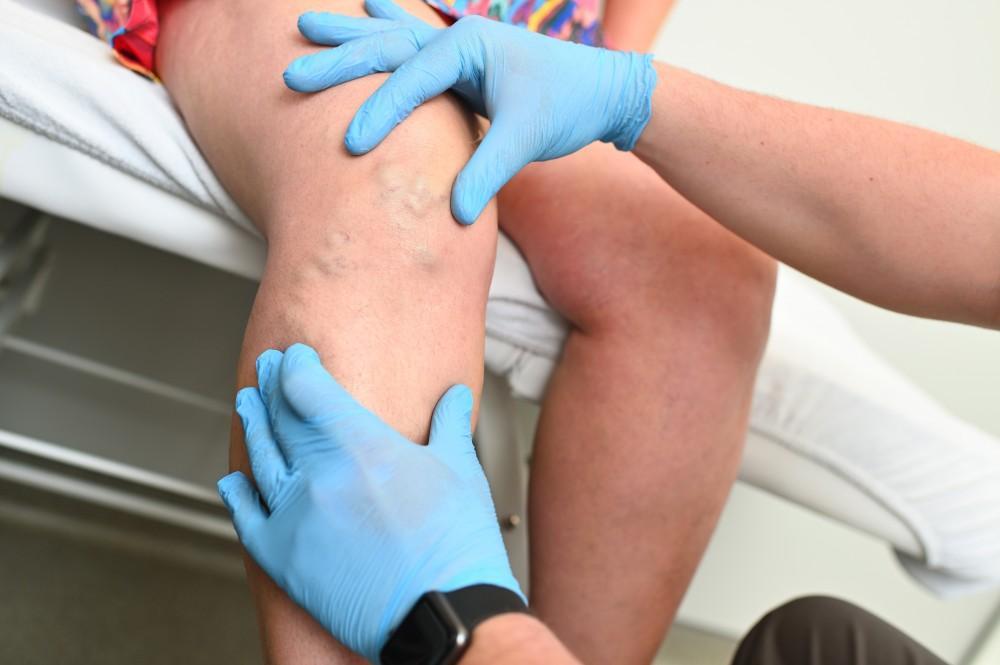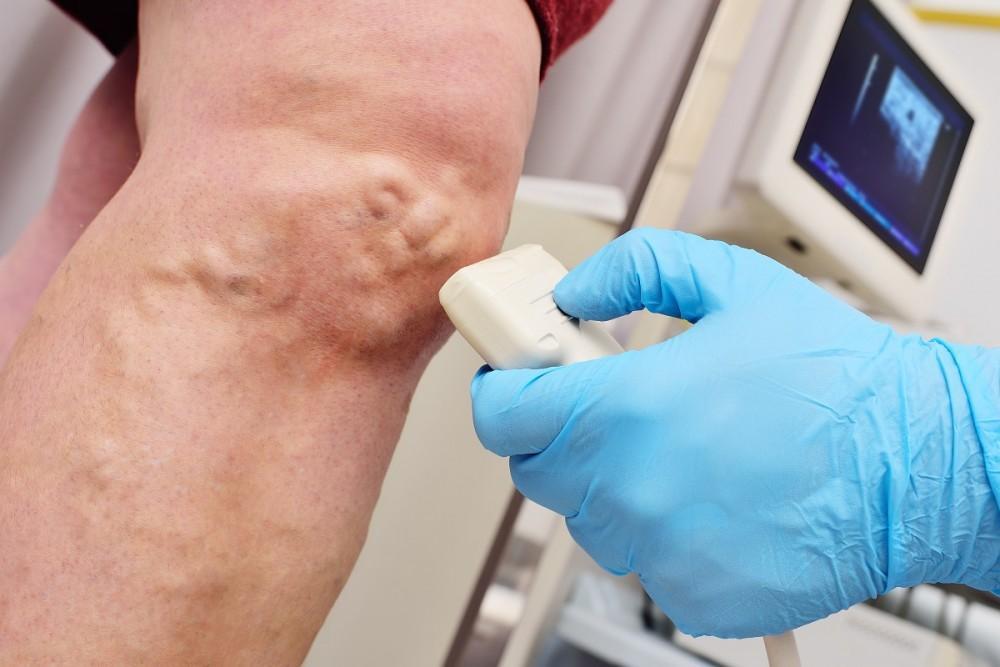About 80-85% of Americans suffer from vein problems, including varicose veins and spider veins. Although you might think these veins are “just” a cosmetic issue, varicose veins are a sign of a circulation problem, and without medical treatment, they can wind up leading to far more serious problems.
Sclerotherapy
Sclerotherapy has been used for decades to treat small to medium varicose veins as well as spider veins. Like the other therapies on this list, sclerotherapy is an outpatient procedure performed at our office.
During a sclerotherapy session, we use a thin needle to inject your damaged vein with a special chemical solution. The solution irritates the interior lining of the vessel, causing it to collapse.
Once the vein closes, blood is rerouted to neighboring veins. Over the following weeks, your body absorbs the remaining vein material and disposes of it naturally.
Radiofrequency ablation
Radiofrequency (RF) ablation uses gentle heat energy to eliminate bulging, uncomfortable varicose veins. In this in-office procedure, the doctor makes a tiny incision over the damaged vein. Local anesthetic numbs the area to keep you comfortable.
Next, the doctor inserts a thin tube called a catheter, advancing it to the damaged area of the vein. The catheter features a probe designed to emit specific “doses” of RF energy, heating the vein walls and causing the vein to shrink, preventing blood flow.
The doctor gradually moves the probe to treat the entire vein. Afterward, the incision is covered with a small bandage, and your body absorbs the sealed-off vein over time.
Microphlebectomy
Though sclerotherapy and RF ablation work by sealing off the damaged vein so that it can be absorbed by your body, microphlebectomy treats varicose veins by removing them. In this procedure, the doctor begins by numbing the treatment area with local anesthetics.
Once the area is numb, the doctor makes one or more incisions to access the damaged vein. The incisions are used as insertion points for a tiny hook that’s designed to grasp the vein, so it can be removed.
Like the techniques listed above, microphlebectomy involves no downtime and can be performed right in our office.
Compression socks
In the early stages of a vein problem or to maintain vein health after another minimally invasive treatment, we may recommend the use of compression stockings. These tight-fitting socks provide gentle, continual pressure on the veins in your lower legs and feet.
This pressure provides support for your leg veins, giving them a little extra assistance to return blood from your feet and calves back to your heart and lungs. Compression stockings can also reduce uncomfortable leg swelling and cramps.
Compression stockings come in varying degrees of pressure. Even though these garments are available at drugstores and at online retailers, you’ll get far better results (and avoid potential problems) by asking us to prescribe compression socks based on your specific needs.
Get help for your vein problems
There’s no doubt your veins play an essential role in your health, but all too often, vein problems are ignored. With simple, nonsurgical techniques like the options described in this post, giving your veins the support they need to stay healthy has never been easier.
To learn more about these and other vein treatments we offer, call 972-295-7017, or book an appointment online with the team at Prime Heart and Vascular today.





